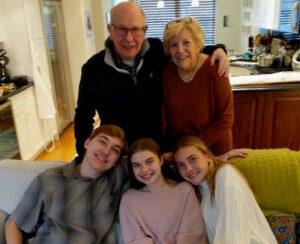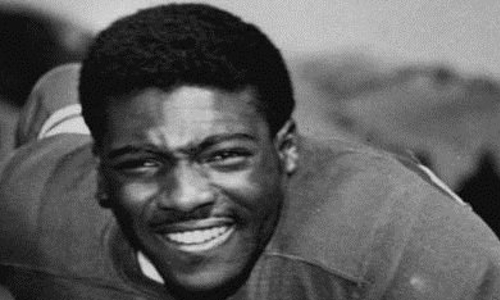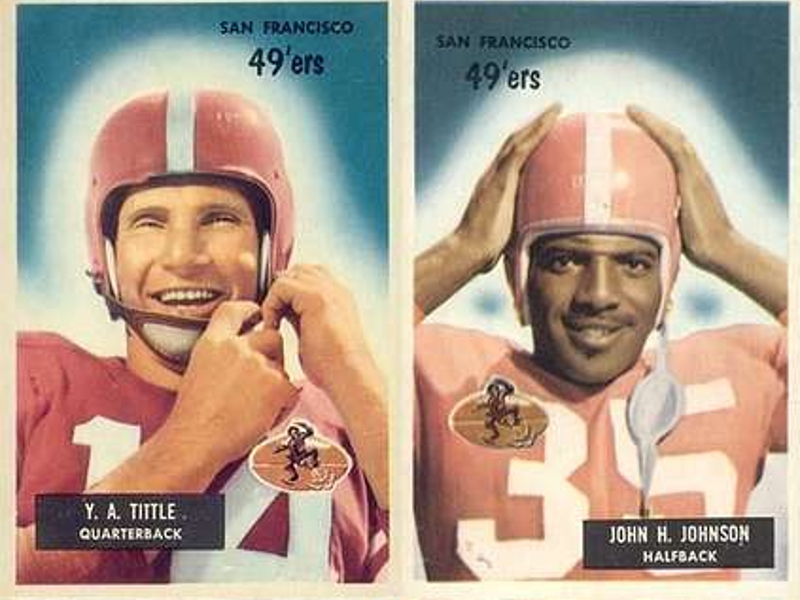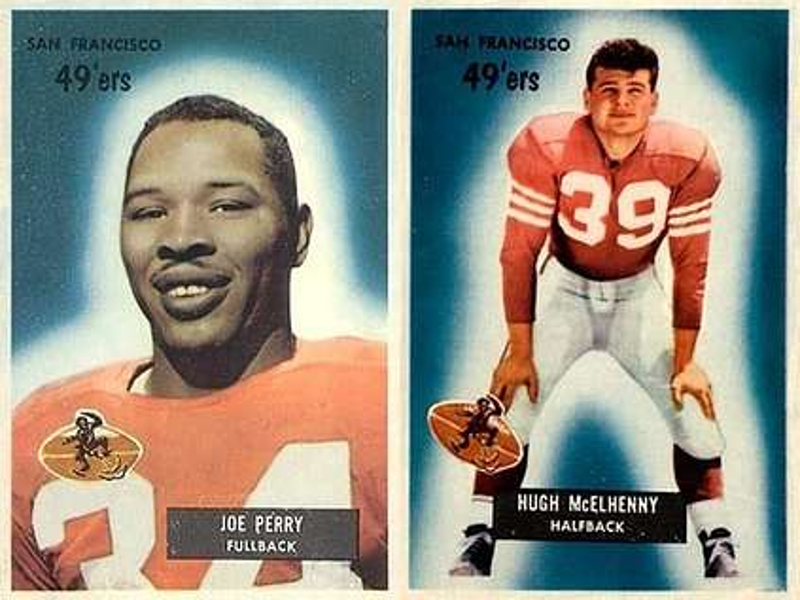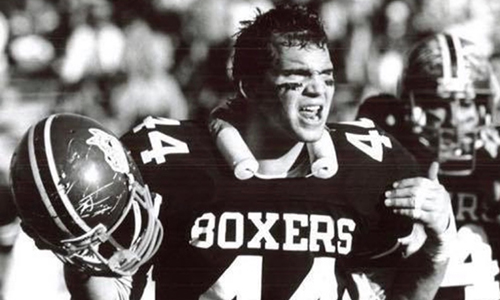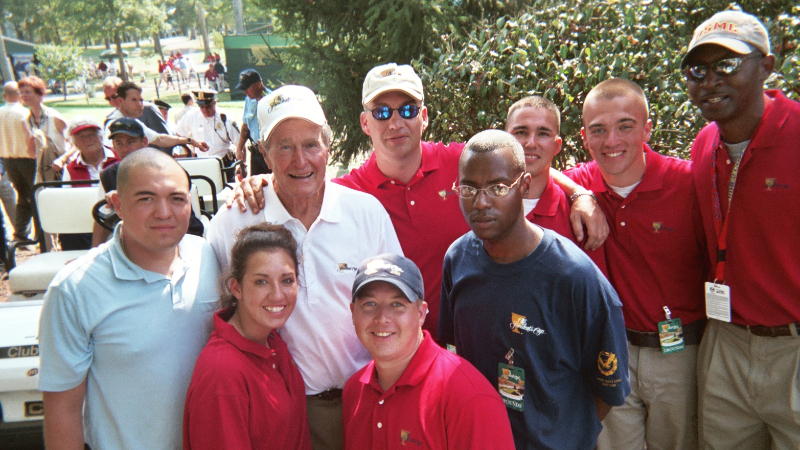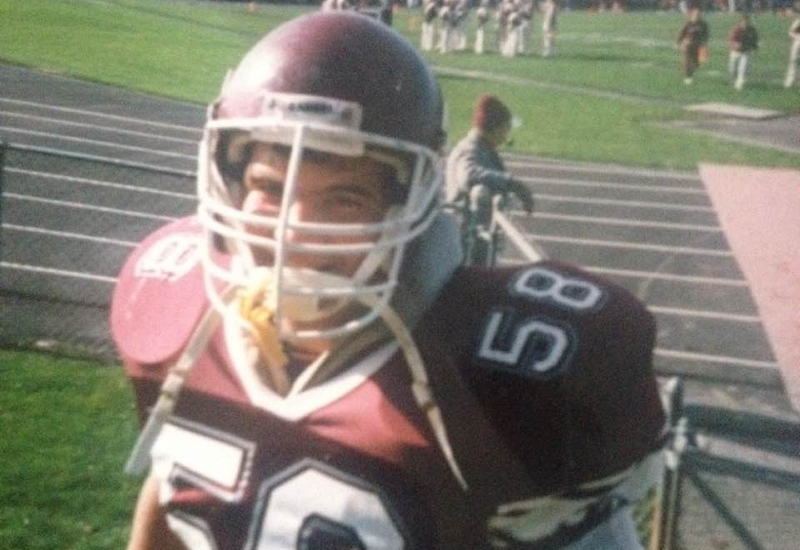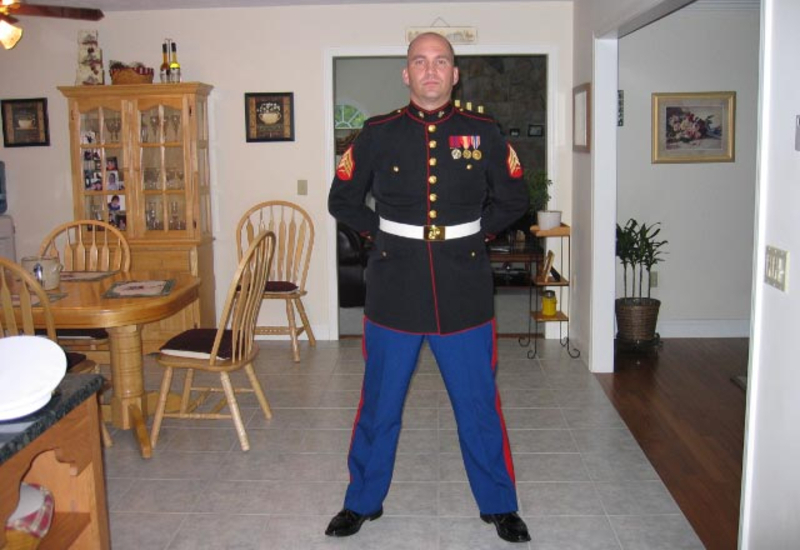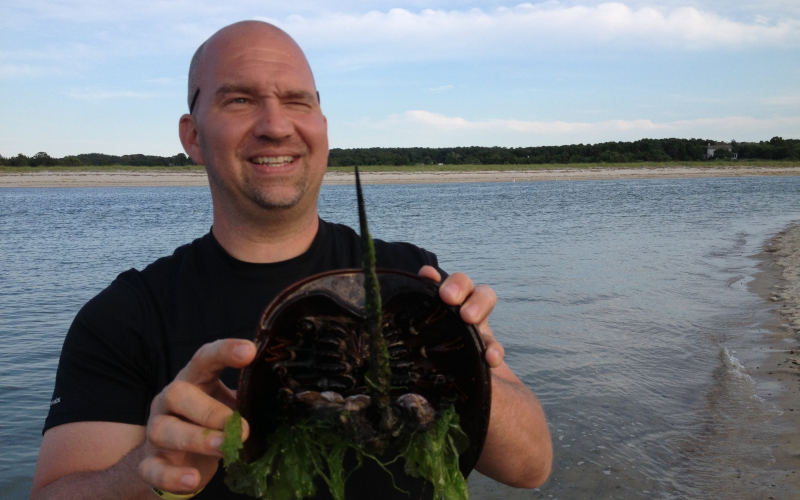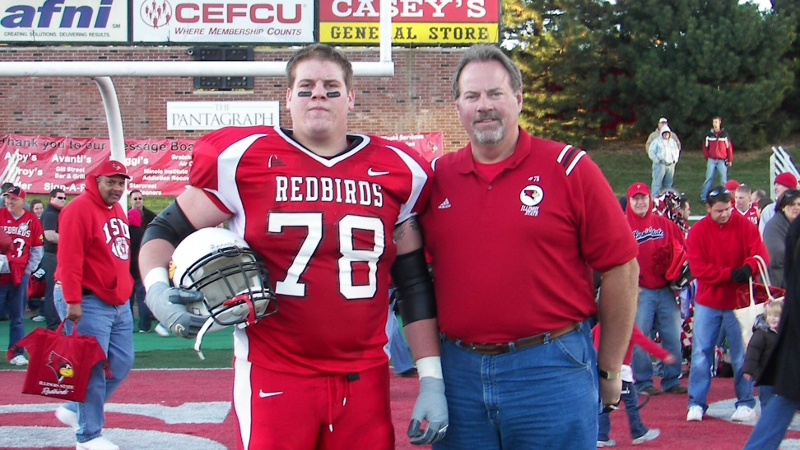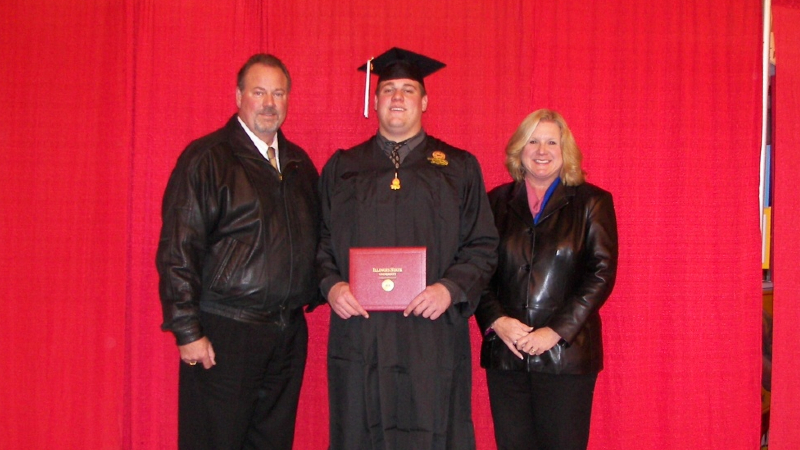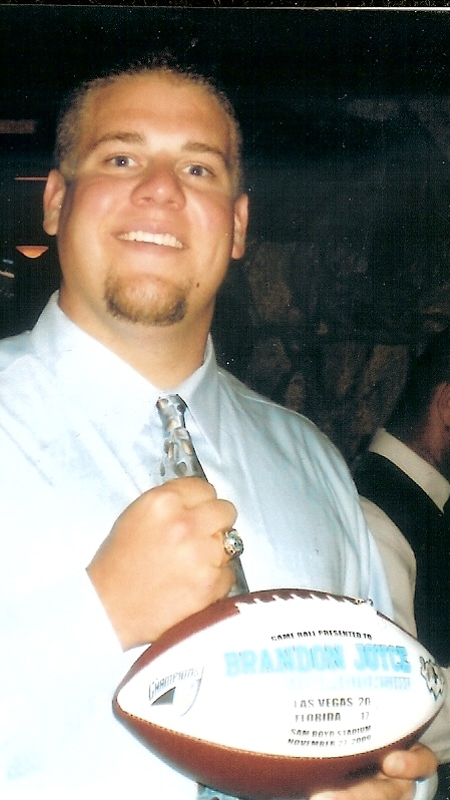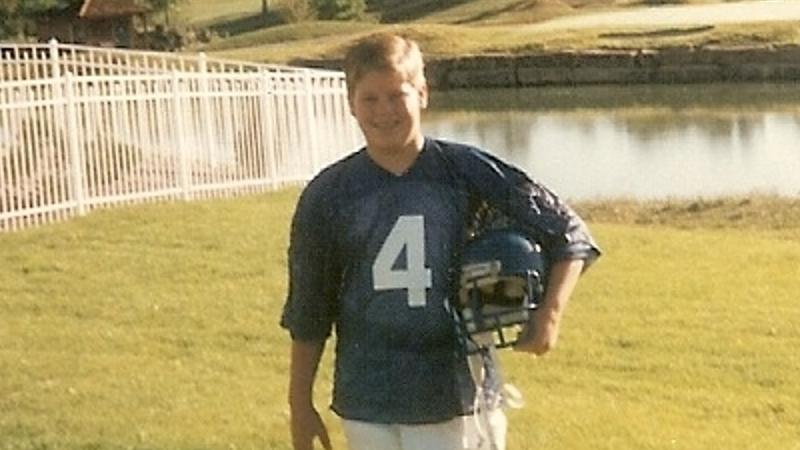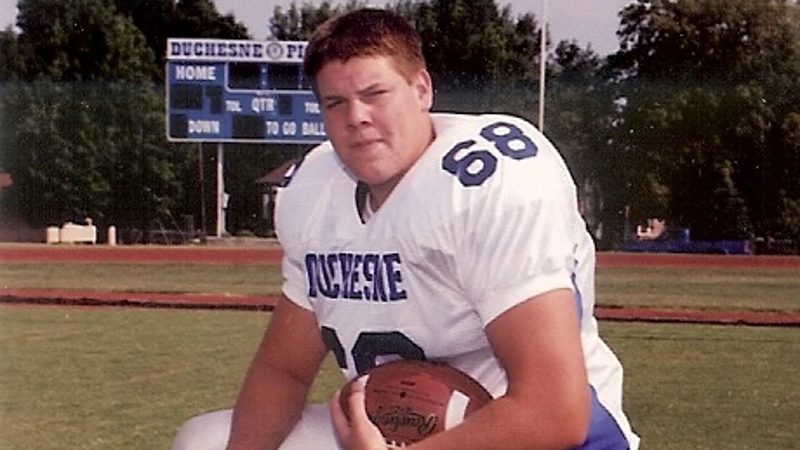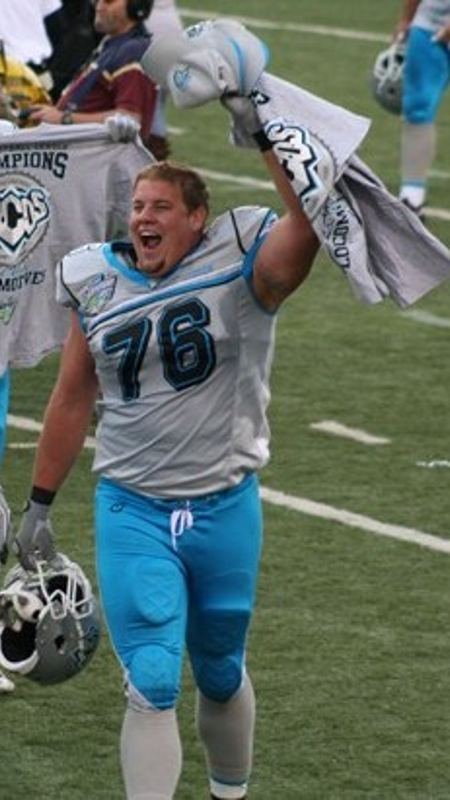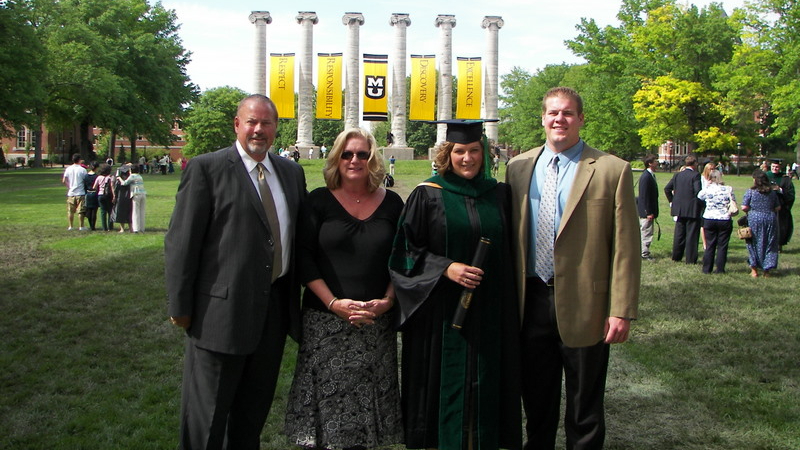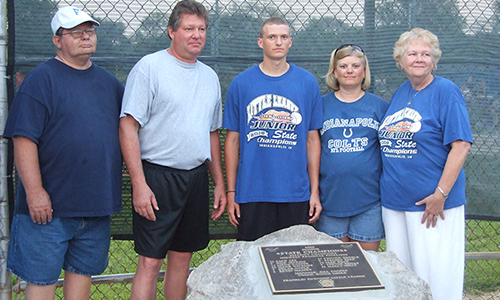
Mike dedicated his life to coaching, mentoring of teams and players, helping keep field maintained and safe. That was the dad in him, but there was so much more. He was always the person that if someone was in need of help or a sounding board, he was there. In his life he was placed in the position of administering CPR to someone in need. He would have given all he had to someone less fortunate.

My name is Marcia Jenkins and I am Charles Michael “Mike” Jenkins’ Mother. I remember so clearly the day I answered the phone and the voice on the other end said “ just calling to let you know Mike will be playing pee wee football for the YMCA Packers.” He was seven years old. It only took a few practices to know he was born to play football and anything else that used a ball. “He was talented,” they said. He would start at quarterback. Over the years the teams he played with always were champs. Such a joy of his dad, Jack and me.
As he grew in size, strength and talent, so did the intensity of the games. By the time he reached junior high he traded Quarterback for tight end. He loved to run down the side line and leap for that touchdown pass. He was the starting tight end for Warren Central High School in Indianapolis from 1981 to 1983. Oh, how we all cheered. We were all so proud, including his girlfriend Kim and later in life his wife of 23 years. There was no way of knowing we were watching him travel down a path not to glory days of football, but the path that would someday lead him to glory…by the way of hell.
Mike put himself into everything he did, catching passes, throwing pitches, dunking basketballs, or racing motor bikes with his brother Rick. His wild and full-out life style got him the nick name “Crash.” Crashes in football fields, second base, doors, swimming pools and much more. Each one laying the foundation for concussions … if we had only known.
After graduating from Warren Central, he attended University of Indianapolis. In July of 1987, he married the love of his life, Kimberly Sue Basey. In the early days they enjoyed playing with friends on softball teams, waiting for the time there would be a new generation of players to come. In 1991 their first son, Kyle Michael, was born. The dream of every man: a “SON.” The tears rolled down his face. In 1994 their second son, Nicholas Michael, was born. He told me, “Mom I know why I am here. I am giving everything I have to these guys.” When Kyle turned five-years-old the merry-go-round of season to season, sport to sport started.
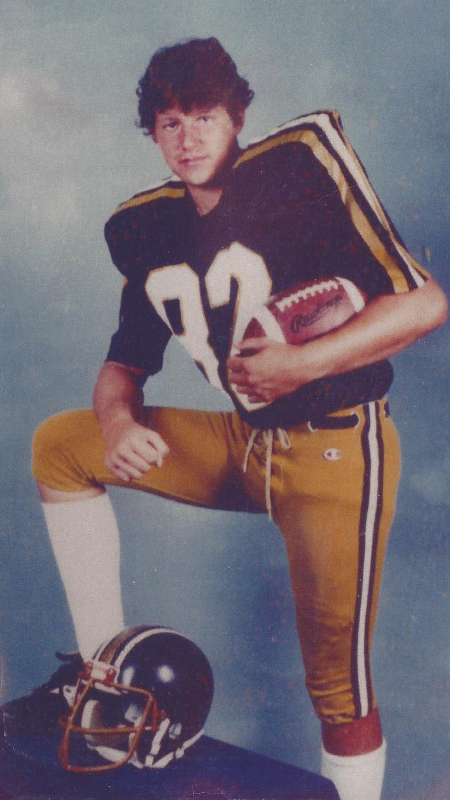
Mike dedicated his life to coaching, mentoring of teams and players, helping keep field maintained and safe. That was the dad in him, but there was so much more. He was always the person that if someone was in need of help or a sounding board, he was there. In his life he was placed in the position of administering CPR to someone in need. He would have given all he had to someone less fortunate. On the day he died, he was playing ball with Jas, the boy next door, and mowed that same neighbors grass. Jas’ dad, Jim, was dying of cancer at age 45.
Now that I painted this beautiful suburban picture of the “happy ever after” family, things begin to change some subtle, others so obvious.
Kim Jenkins, wife of Mike Jenkins
I am Kim Jenkins and Mike was my husband, best friend and father to our two boys, Kyle and Nick. We met back when we were in elementary school and I believe it was love at first sight. We dated off and on, but started dating for the final time in August of 1982 and got married July 25, 1987. We were married 23 years prior to his death. Mike loved me and the boys more than anything and would do anything for us. There would be times though that Mike would have anger outbursts and would say things to me that I know was not him talking, and later he would tell me that he hated himself and wanted me to hate him too; that he didn’t feel good enough for me and that I deserved better than him.
Mike struggled with alcoholism and did everything he could to beat it, but just wasn’t able to and that was the main reason why he hated himself. Mike would ask me what was wrong with him that he couldn’t beat it. I just wish we had known then what was going on in his brain that was causing it because maybe then he would not have hated himself and could have handled it or found ways to deal with it.
I am so glad Mike got to meet our granddaughter before he died. Jayda was born on March 23, 2011, so she was only a month and a half when he passed away. He would lay on the couch with her on his chest while she slept. He loved her dearly. I know she sees him at times. She has told me that he is funny and makes her laugh. She has some of his characteristics, so I know he also lives on in her and it makes me feel like he is still here with us through her.
Mike was the type of person that would give anyone the shirt off his back to help them though. Mike would try to help our friends out when they would have problems. Mike would talk to them to help them any way he could. Our neighbor, Jim, who was the same age as Mike was diagnosed with cancer and Mike took over doing their yard work and helping with his young boys. The day Mike died he had gotten their youngest son off the school bus and was watching cartoons with him when I left the house. He had been out with their other son doing yard work and spending time with him.
Mike had had multiple concussions over the years but his last one in February 2011 when he fell on the ice was totally different. After that concussion Mike got sick about every other week with post-concussion symptoms and couldn’t figure out what was wrong that made him so sick. Mike missed lots of Nick’s high school baseball games that year and he was the type of father that never missed a game no matter how he felt. Mike was like a different person after that fall. There were times that I could be talking to him and it would be like he wasn’t even there, he would have a blank look in his eyes. There was one weekend that he didn’t even get out of bed. After his death we found out that he ran into a friend that he had known since childhood and didn’t even know him at first. Upon talking to coworkers of Mike’s we also found out that he was acting different at work, too. He was being combative with co-workers and he was not like that before. One of his friends that was also a coworker was riding with him on his route and he spaced out at the wheel of his semi and the friend had to grab the steering wheel to keep them from crossing the center line.
The day Mike took his life I will never forget it. I was so totally shocked because I never expected it. I had talked to him just a few hours prior to that and he was talking about Mother’s Day, which was coming up that weekend. He had told Kyle he was going to fix them dinner on the grill and even had the meat thawing to cook as Nick and I were at the high school working in the concession stand for baseball. Mike had even called me up there and asked if we needed any help in the concession stand.
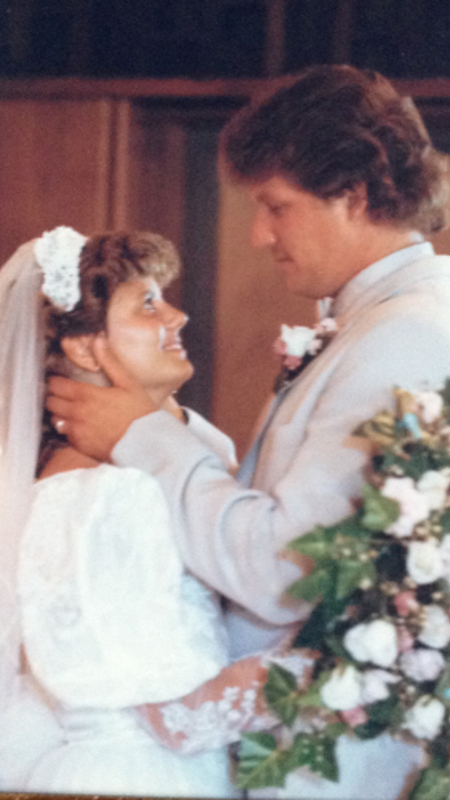
Nick, son of Mike Jenkins
My name is Nick Jenkins and I am the son of Mike Jenkins. My dad was always my biggest role model growing up. He always worked so hard and would do so much to give me and my brother everything we wanted growing up. I learned so much from my dad while I was growing up. From having a good work ethic, to playing sports, and most importantly how to properly treat people around me. I was always close with my dad throughout the years, but the thing that brought us closest together was playing sports. Pretty much everything I learned in basketball, baseball, and football was from my dad. I can remember back to my first year playing football. I was the quarterback for my little league team just like my dad. I remember spending countless hours in the driveway going through all of the plays and working on my footwork so I would be prepared for the games. We also spent countless hours playing basketball one-on-one in the driveway. I can still hear him giving me pointers on my shot when I play basketball today. Out of all the sports I played, the sport he worked with me the most on was baseball. Baseball was always my best sport growing up and my dad was always there to practice with me whenever I wanted to go out in the yard and work to make myself better. He would throw me batting practice, catch for me when I wanted to pitch, and hit me ground balls and pop flies. The thing I loved most about my dad was no matter how he was feeling or what was going on he would almost always be at my games. Up until he had his last concussion I could count on one hand how many of my games he missed prior to that. There is one game that comes to mind that he missed. I was 13 at the time and I was pitching that game. It was probably the worst game I had ever played. My coach ended up taking me out after 20 pitches because I couldn’t throw a strike. The next day when we had another game my dad was there and my coach started me pitching again. I ended up throwing a complete game shutout and got the game-winning hit. Just the presence of my dad being there made me perform so much better. It was definitely tough on me losing my dad, but the way I look at it now is he is always with me and looking over me.
Kyle, son of Mike Jenkins
My name is Kyle and Mike was my dad. My dad helped mold me into the man I have become today. When I talk about him I feel like I am almost talking about myself. I wish I had realized that we were so much alike before he passed. He was a truly selfless person whether he knew you or not. My dad got his greatest joy out of helping others, because that is what he was sent to do. One time he gave CPR to a man at a NASCAR race who’d had a heart attack and it saved his life. Dad was a straight forward man and would give you a straightforward answer to any question. The only thing he ever lied about was his own problems, because his biggest fear was disappointing his family. What some people didn’t know, and I don’t think he even knew, was that the problems he had made him the man that he was. My dad had a high expectation of himself and failure at anything was hard on him. Whether he was at work, working around the house, or being a father he did everything to the best of his ability. He was a great family man and was always there for me and my brother when we needed him. I miss him every day, but I am proud of my father for who he was and who he helped make me become.
“Only in Death Shall I Achieve Peace”

Rick, brother of Mike Jenkins
My name is Rick and Mike was my brother. Mike and I were not the kind of brother’s that talked all the time or spent a lot of time together. We were the kind of brothers that were always there for each other, no matter what. On Easter Sunday 2011 after having dinner together, Mike couldn’t remember how to get back to my home, I live in the neighborhood we grew up in. I believe it was at that time that I realized we were in real trouble. It was the last time I saw him. He died a few days later.
I had heard about CTE prior to that but never thought it would hit so close to home. I really don’t know what I would have done had it not been for Boston University and their results. It really brought comfort to know that it was not my Mike that did that to himself that day; that it was something else going on in his brain. Since his death I have learned so much about CTE and the things I have learned have made me realize that Mike had been suffering with symptoms of it for years and we never knew it. I just hope that someday they will be able to find a way to diagnose it in someone and be able to come up with some kind of cure or at least help for anyone who is diagnosed with it.
I miss Mike so much, but I know he is watching over us. He comes to us at important times as a Cardinal and I cherish it more than anything.
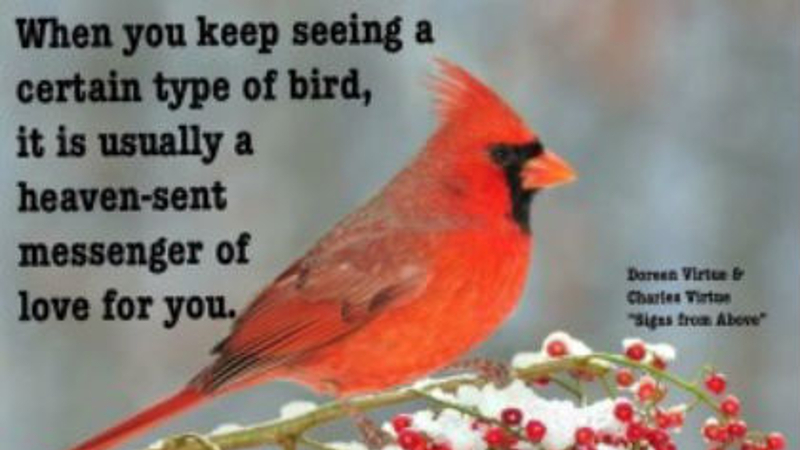
Suicide is preventable and help is available. If you are concerned that someone in your life may be suicidal, the five #BeThe1To steps are simple actions anyone can take to help someone in crisis. If you are struggling to cope and would like emotional support, call the Suicide & Crisis Lifeline at 988 to connect with a trained counselor. It’s free, confidential, and available to everyone in the United States. You do not have to be suicidal to call.
If you or someone you know is struggling with concussion or suspected CTE symptoms, reach out to us through the CLF HelpLine. We support patients and families by providing personalized help to those struggling with the outcomes of brain injury. Submit your request today and a dedicated member of the Concussion Legacy Foundation team will be happy to assist you.

